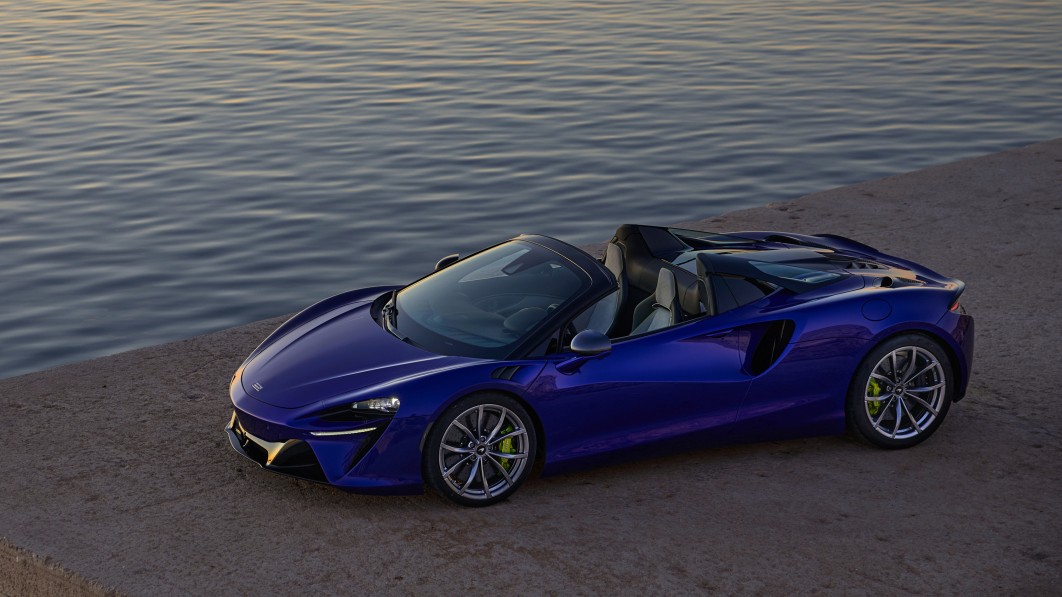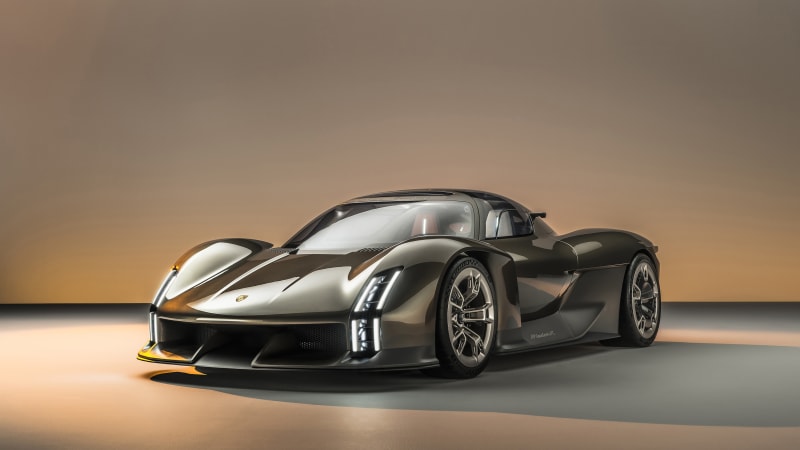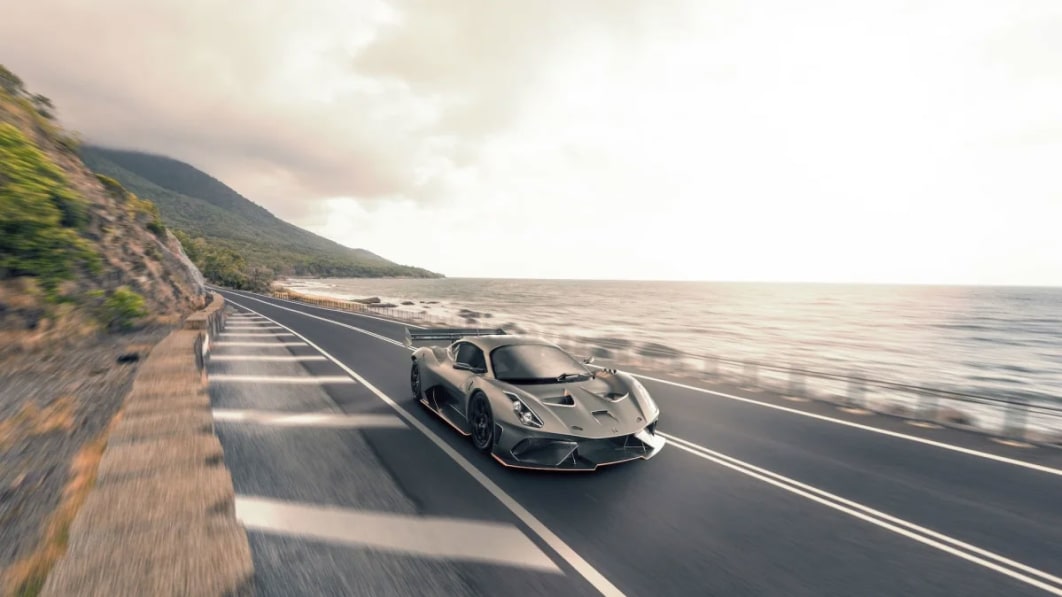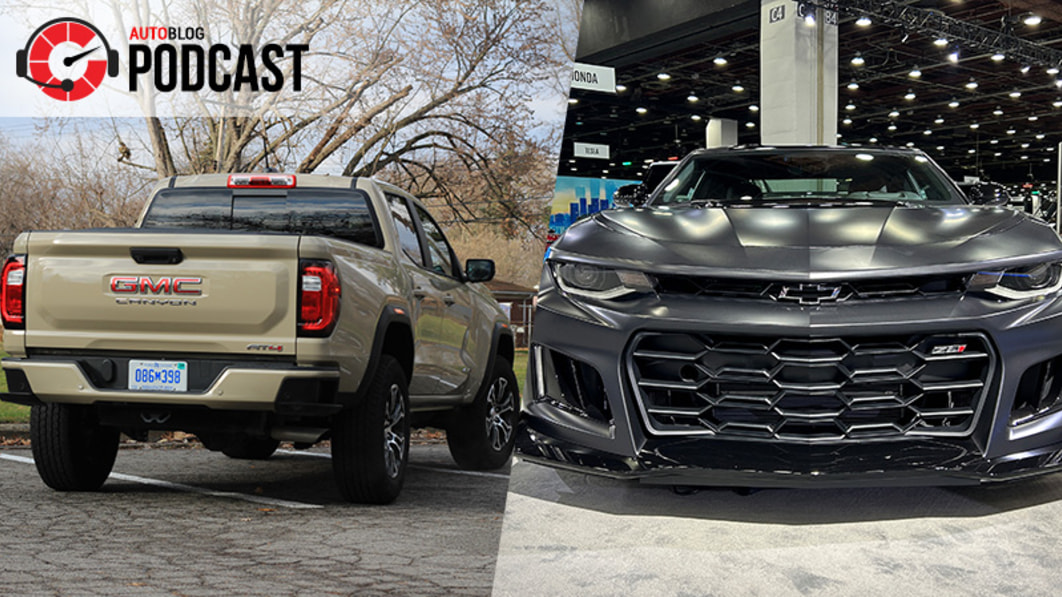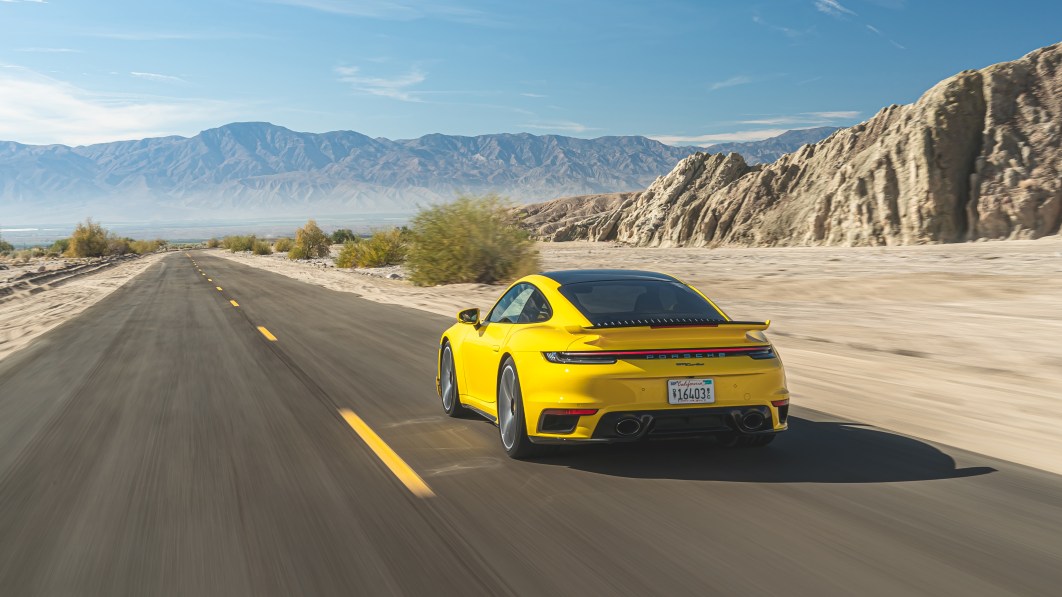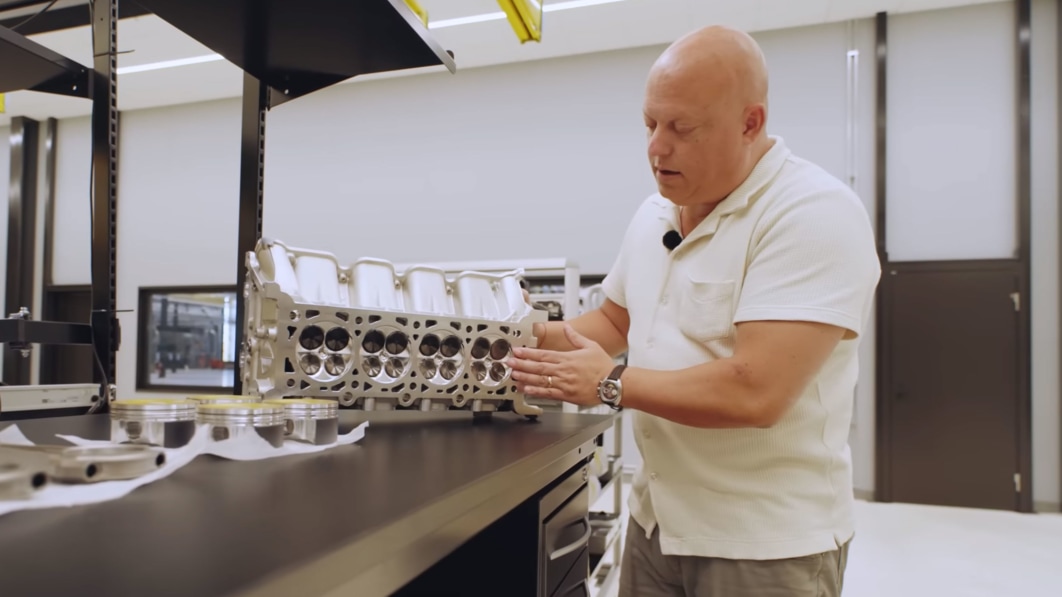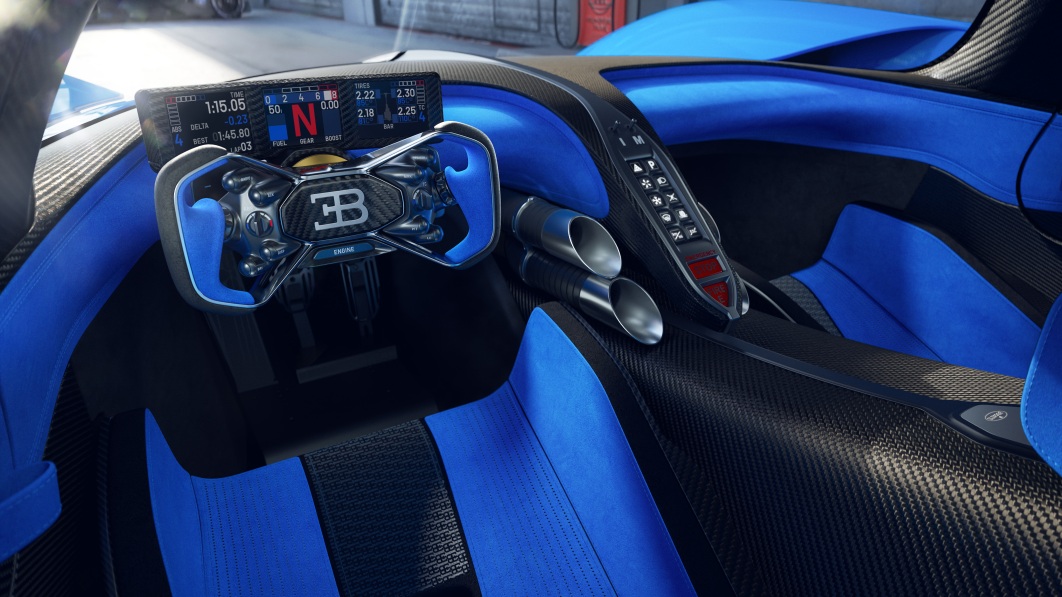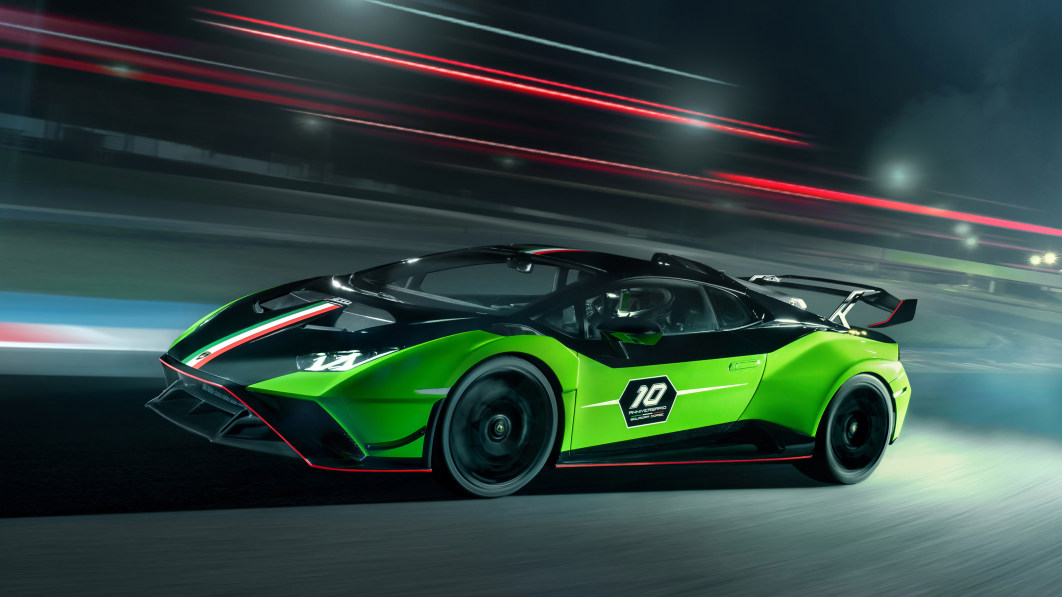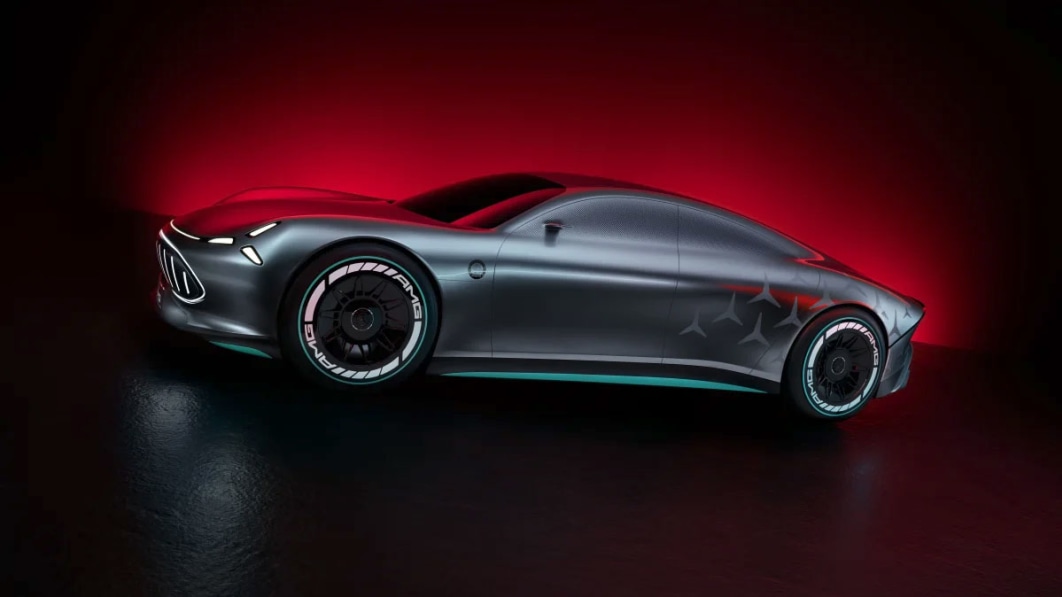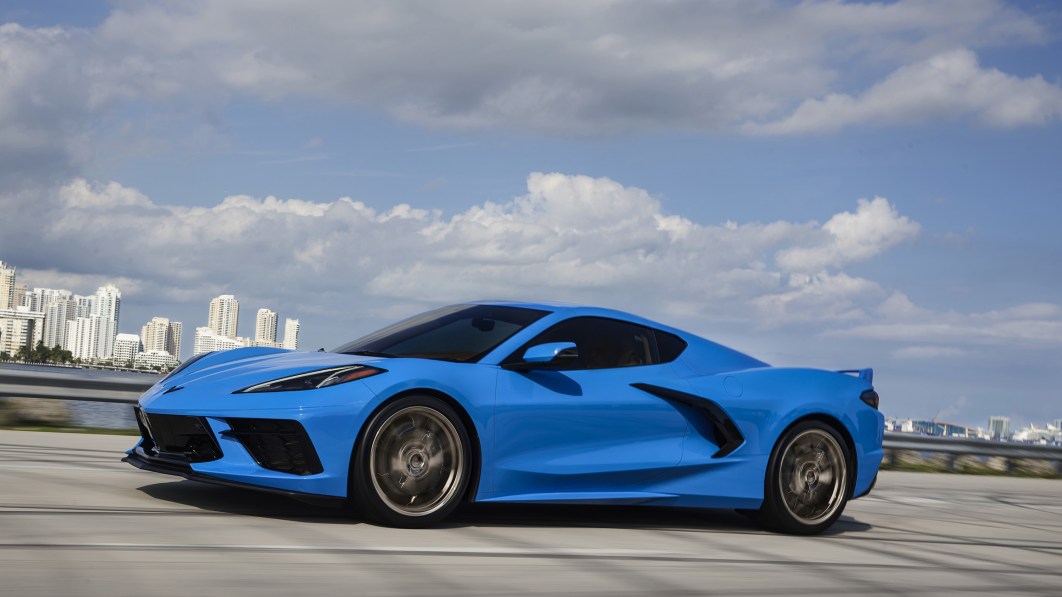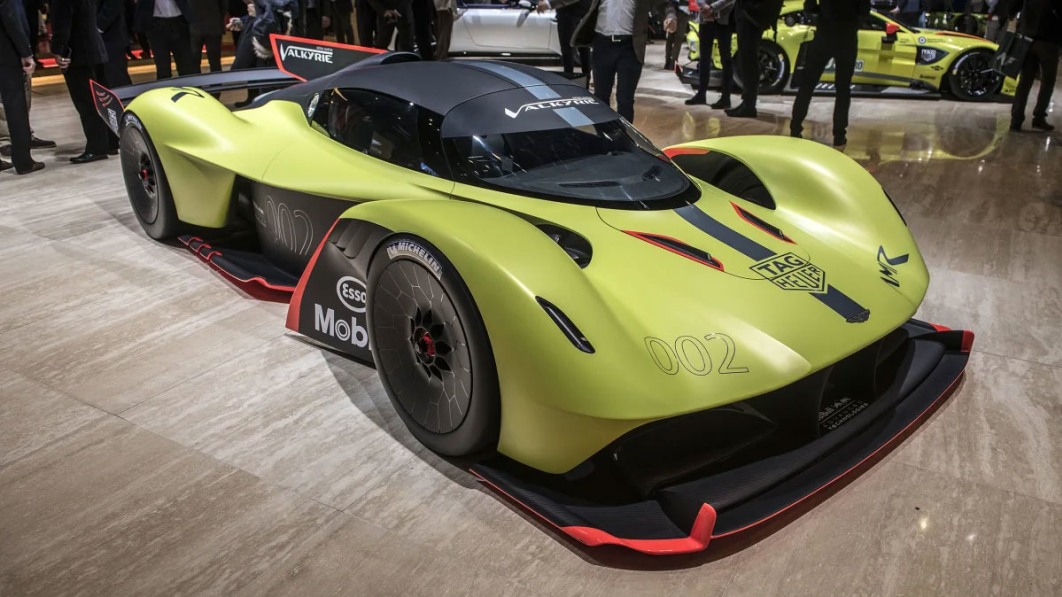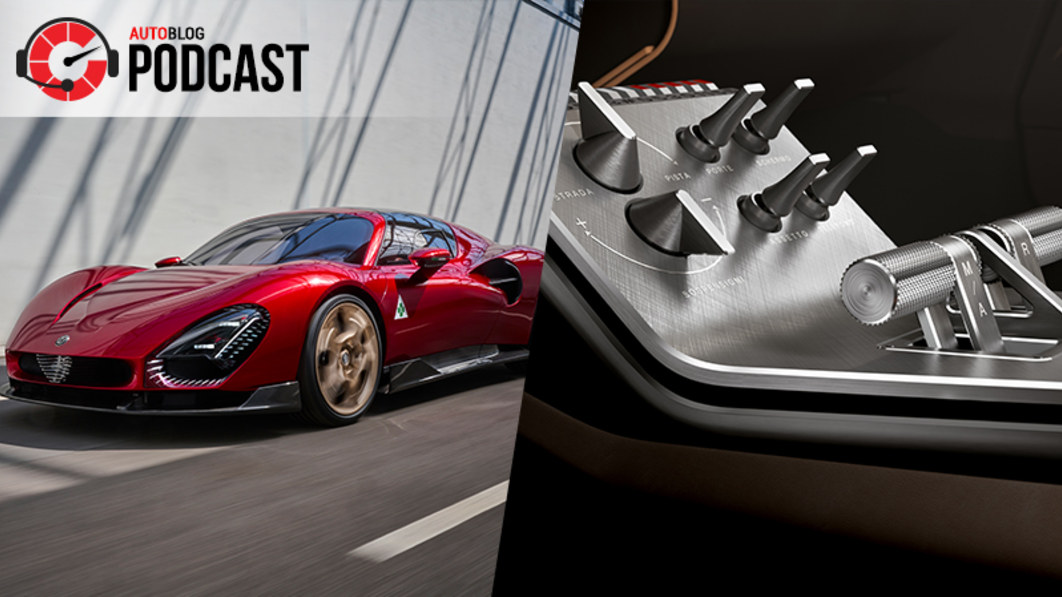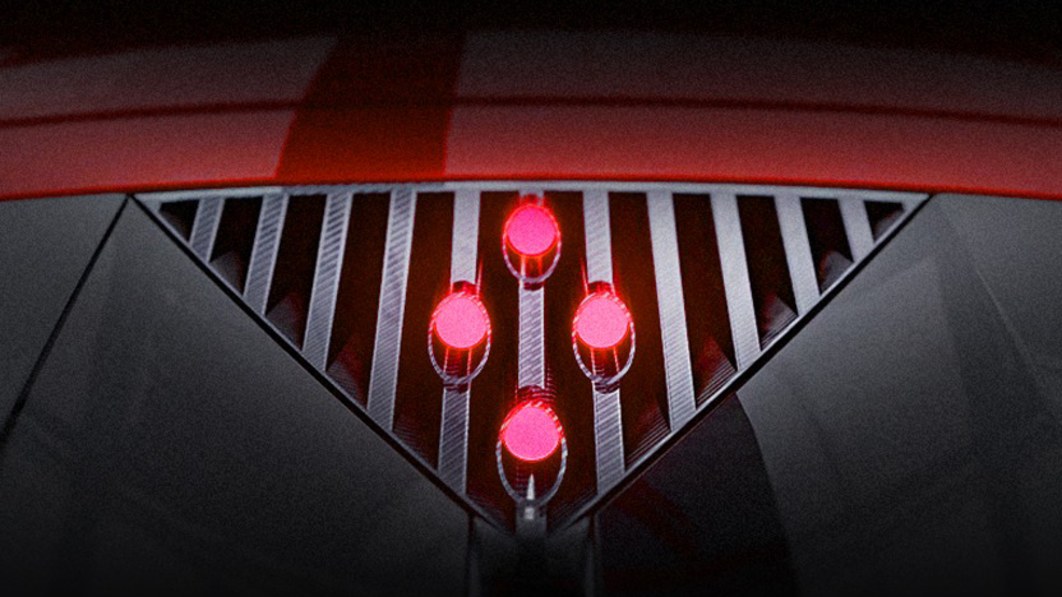Lamborghini applies to trademark ‘Huracan STJ’ for another limited edition
When Lamborghini showed the 60th anniversary Huracans at Milan Fashion Week last April, automaker CEO Stephan Winkelmann said “The special editions of the Huracán not only celebrate the 60th anniversary of our brand, but also give our customers maybe the last chance to purchase an otherwise sold-out V10-powered Lamborghini.” We wrote at the time that we thought “maybe” was a vital qualifier. The Huracan’s twin-turbo V8 hybrid-powered successor isn’t due until the end of this year; 18 months is a long time for the Sant’ Agata brand to go without a special edition for the growing legion of buyers ready with six or seven figures sight-unseen. CarBuzz might have restored order to the world and proved us right, finding a couple of trademark applications with the European Union Intellectual Property Office (EUIPO) for a vehicle called the Huracan STJ.
The J is for “Jota,” the Spanish pronunciation of the letter “J,” representative of the FIA rule book’s Appendix J detailing sports car racing and homologation regulations (a connection that might or might not be true), and of Lamborghini’s most focused road-going models for retail customers going back to the Miura Jota prototype in 1970. Since then, there’s been a Miura SVJ, Diablo SE30 Jota, Aventador J one-off speedster and the Aventador SVJ.
The short money says this is a turned-up version of the Huracan STO, itself the most raucous version of the Huracan that sold out through the end of production more than a year ago. The long money says this could be a track-only coupe, despite every previous J designation being legal for the street. The fans of all things bully at Lamborghini Talk say there will only be ten made, one for each of the automaker’s global regions, and all are sold out. One poster wrote that in December and January, Lamborghini approached prospective buyers with the chance to purchase the sole unit for their region. Our bet is that nary a “No” was heard.
It’s possible the public will get its first and perhaps only look at the Huracan STO — outside of Pebble Beach or an RM Sotheby’s auction — at Lamborghini’s takeover of Italy’s Imola Circuit on April 6 and 7. The festival is called Lamborghini Arena, the automaker calling it “The most extraordinary event in our brand’s history.” Could make a worthy entrance for an extraordinary new J.
Related video:


